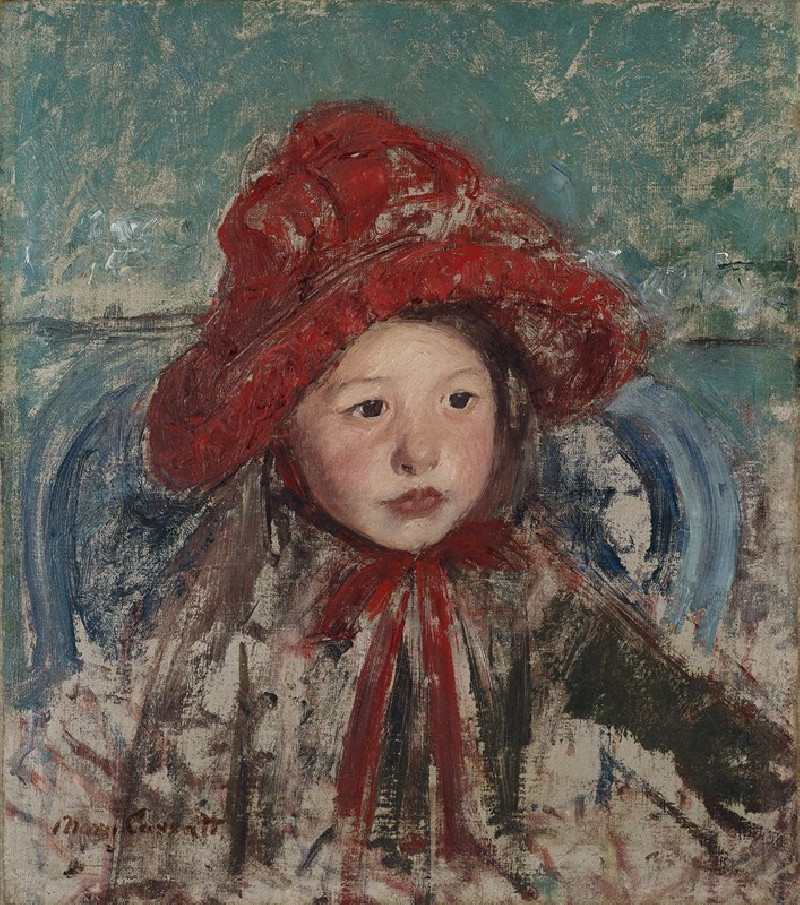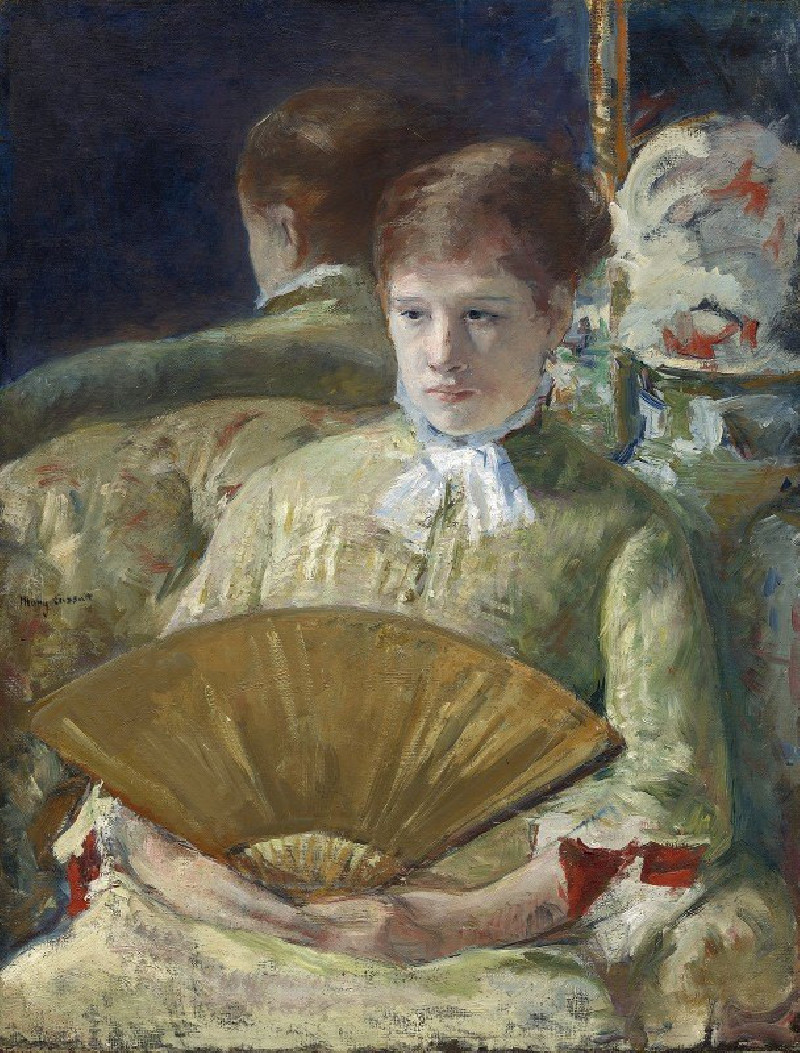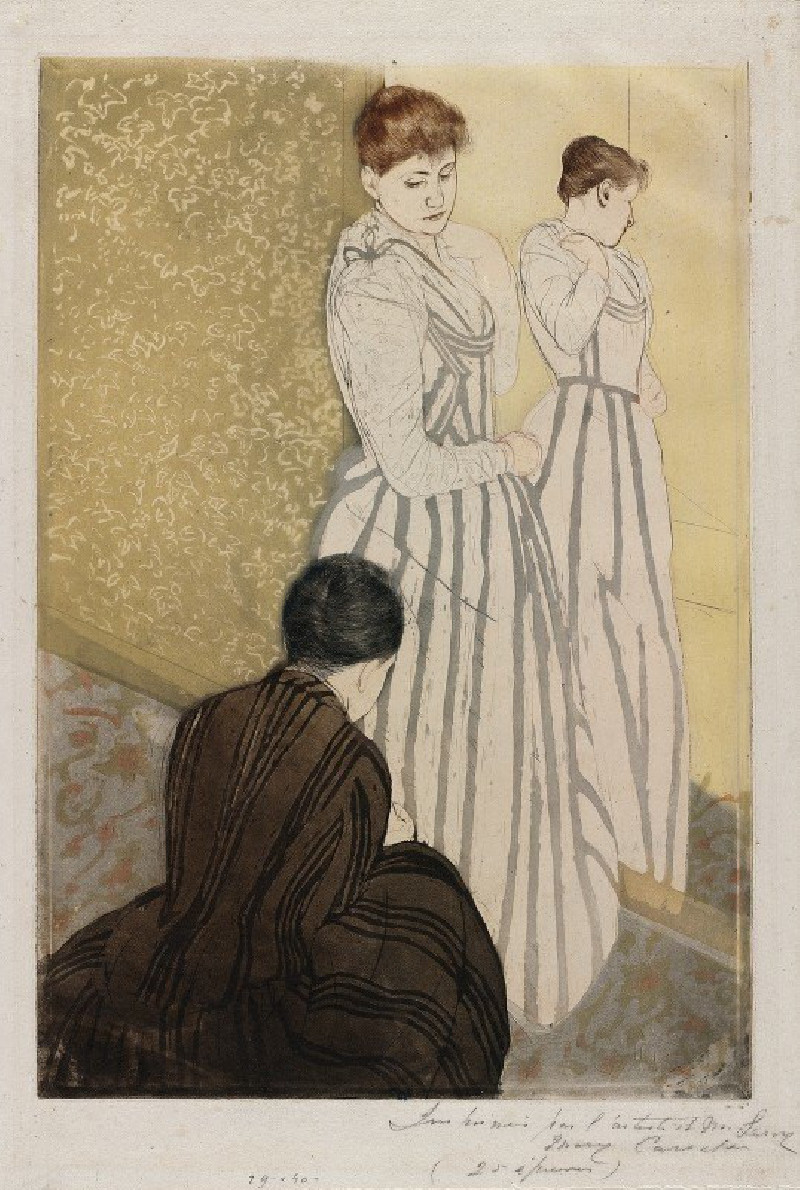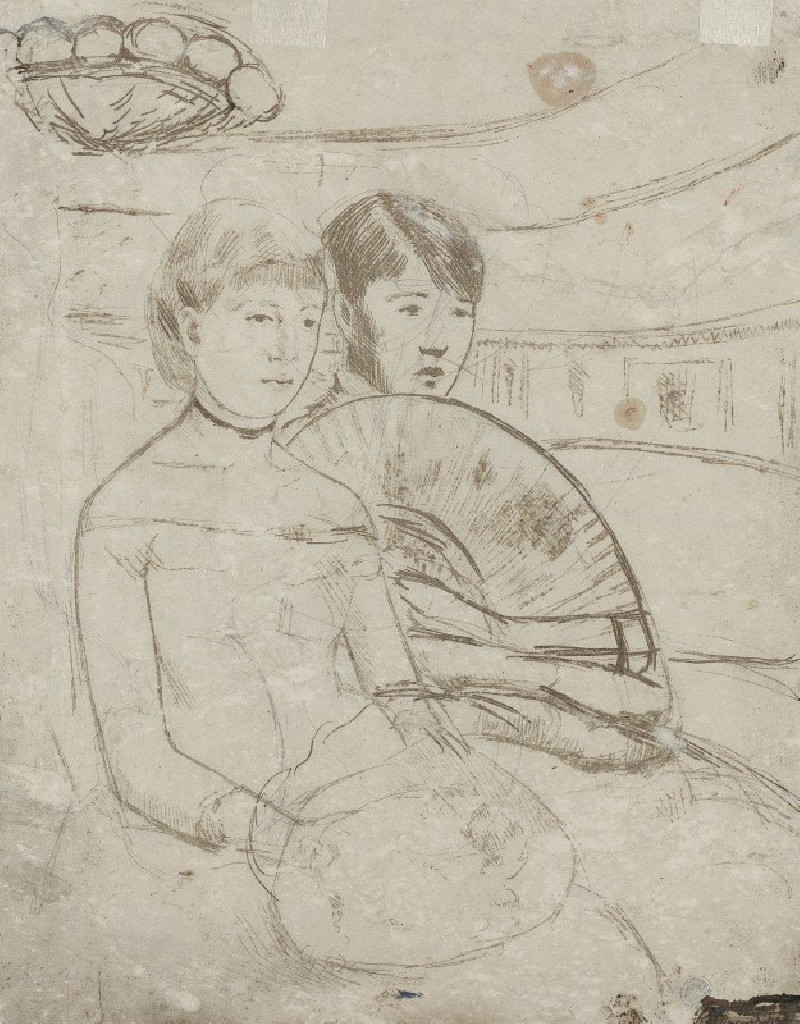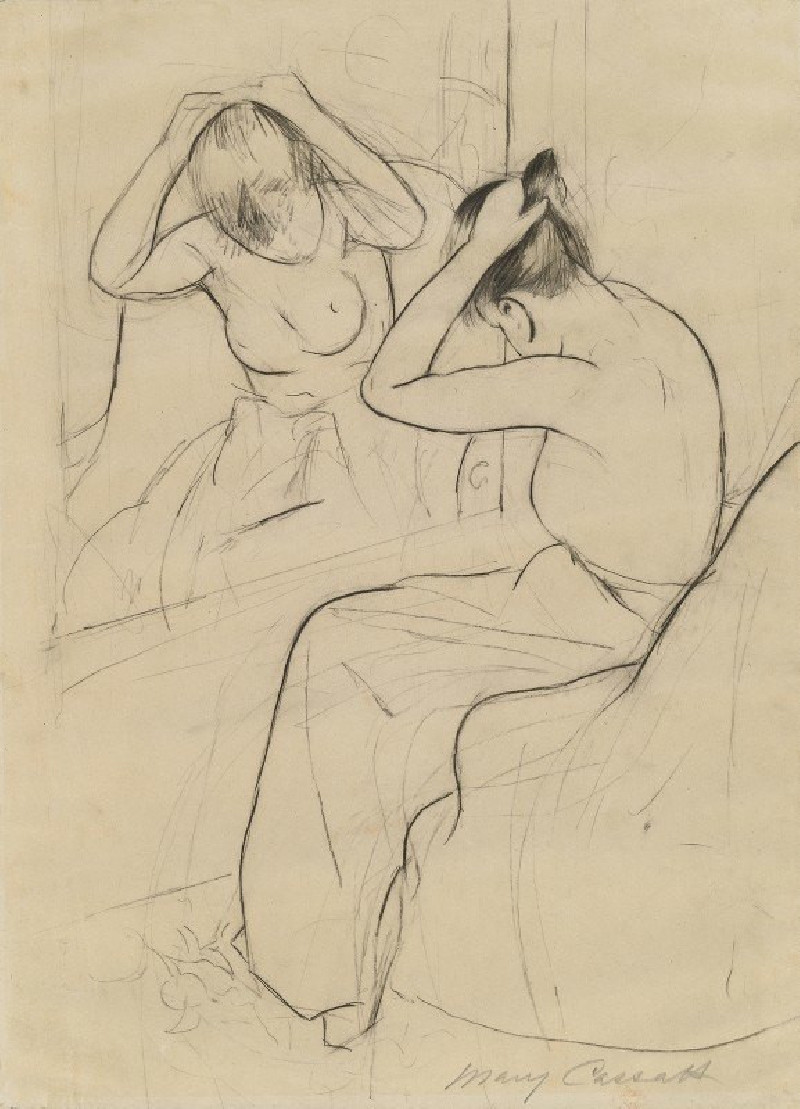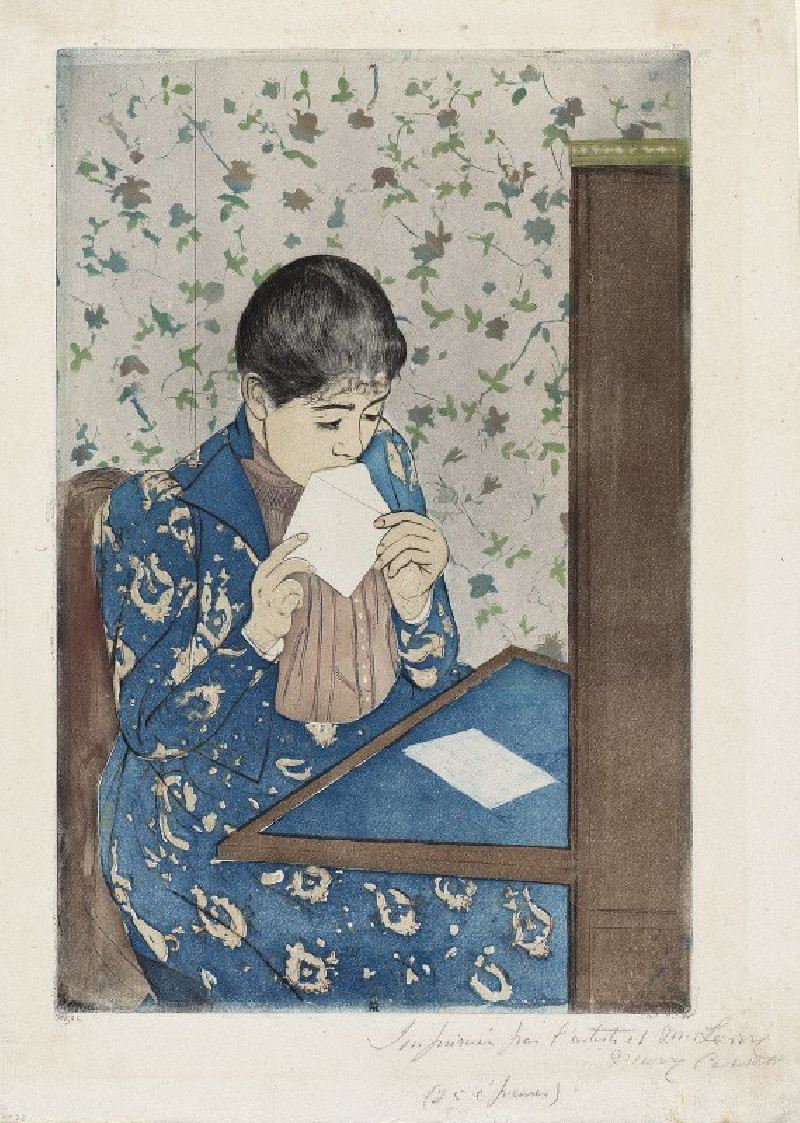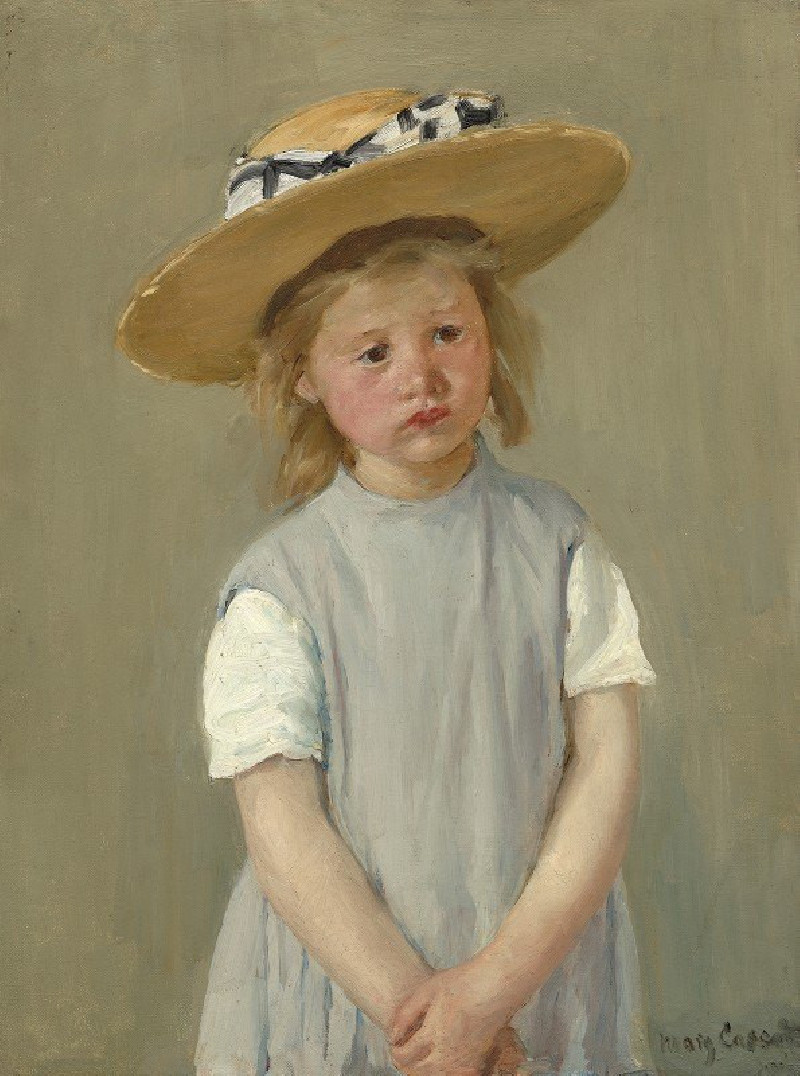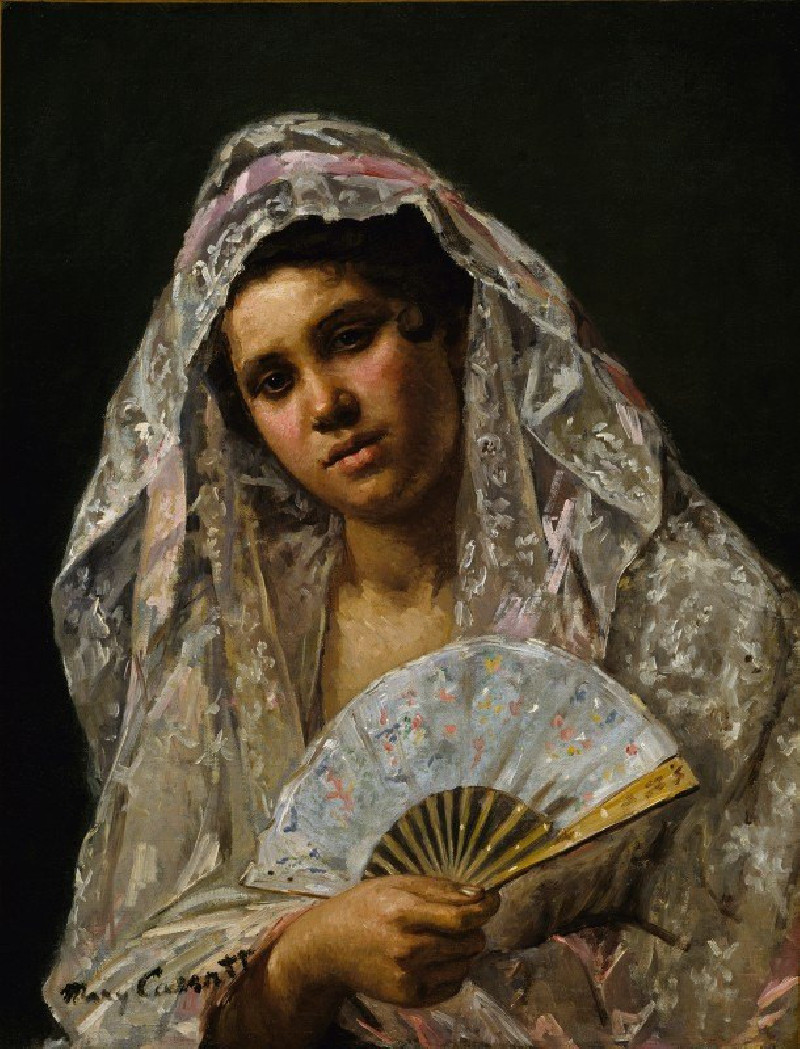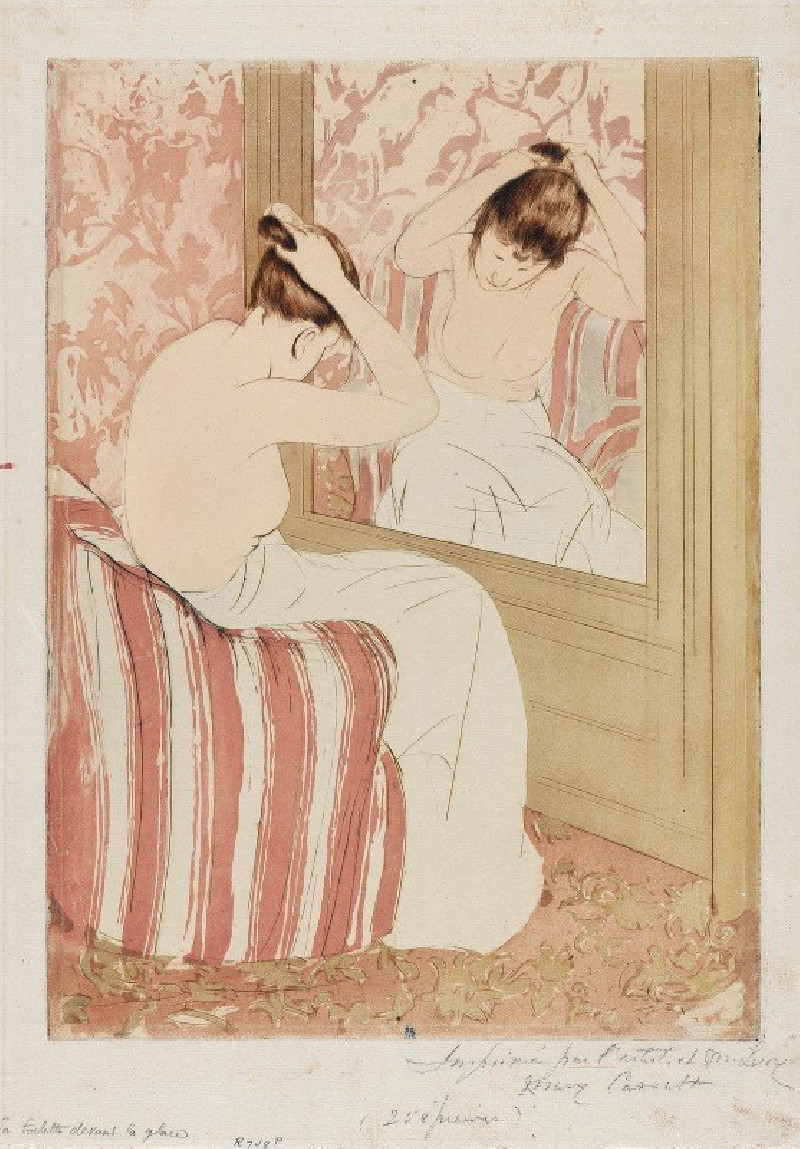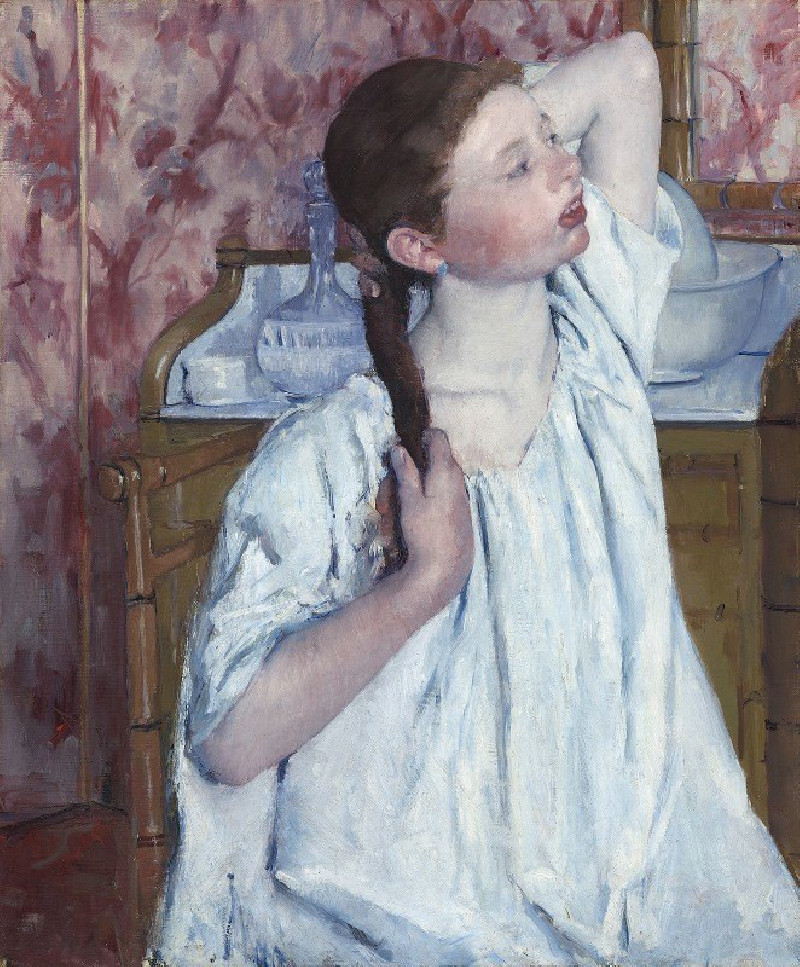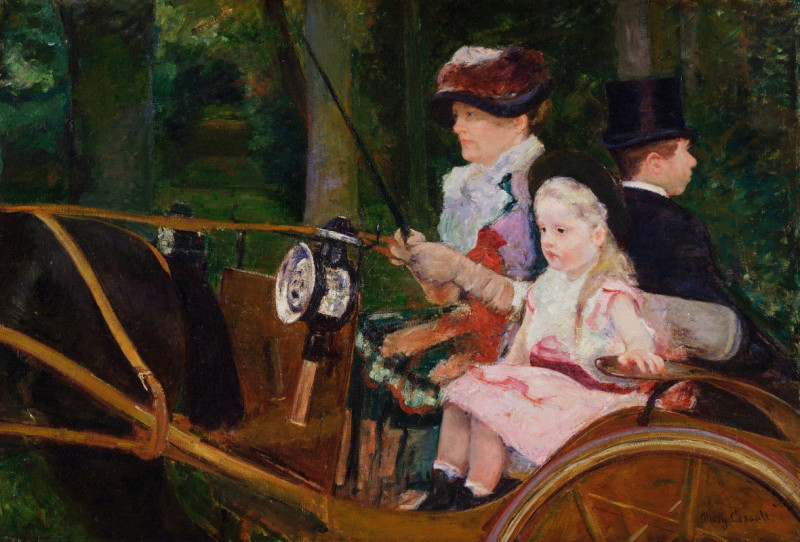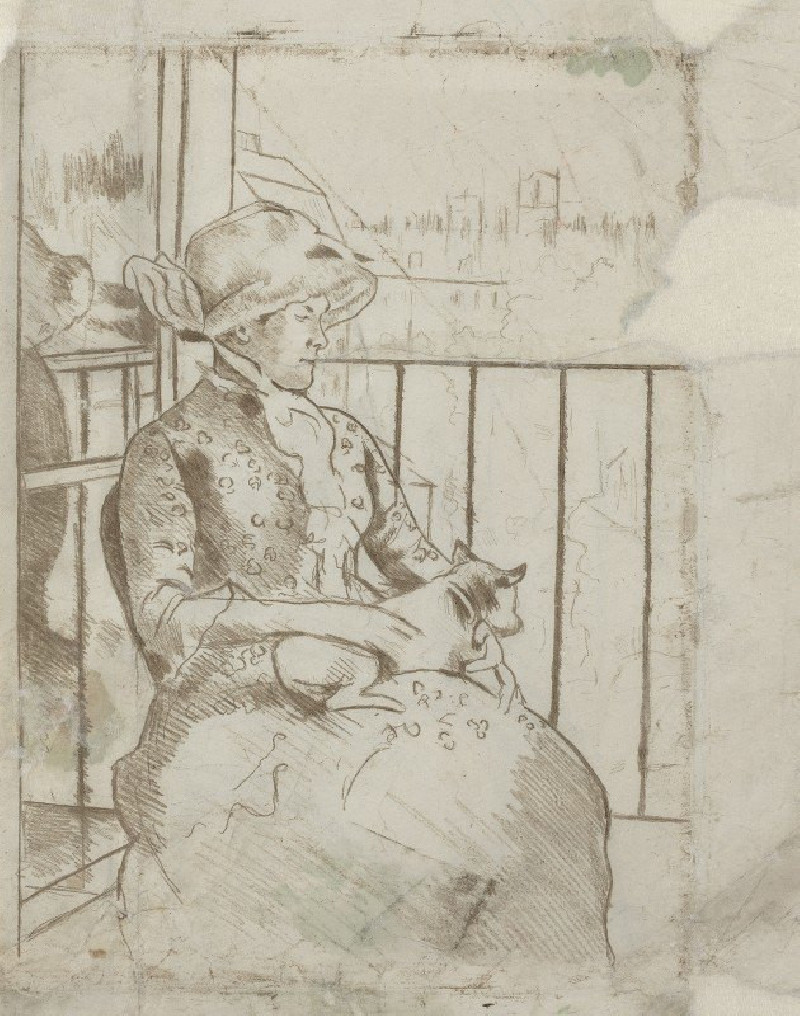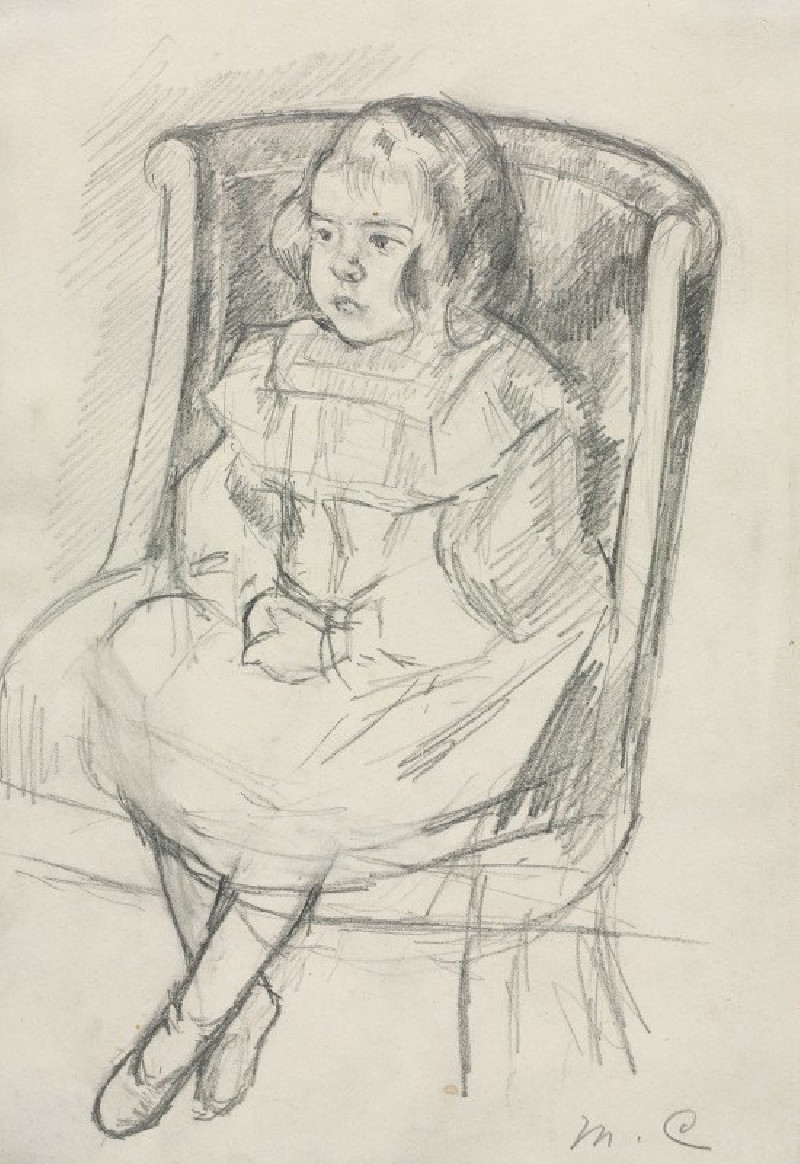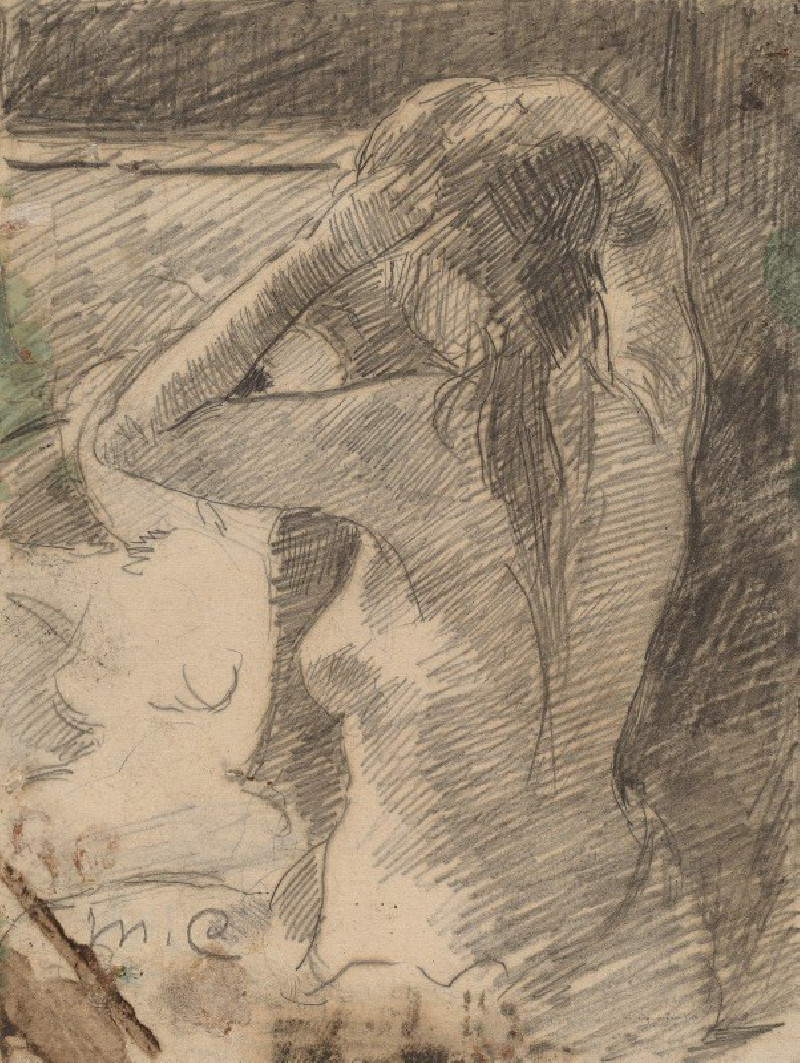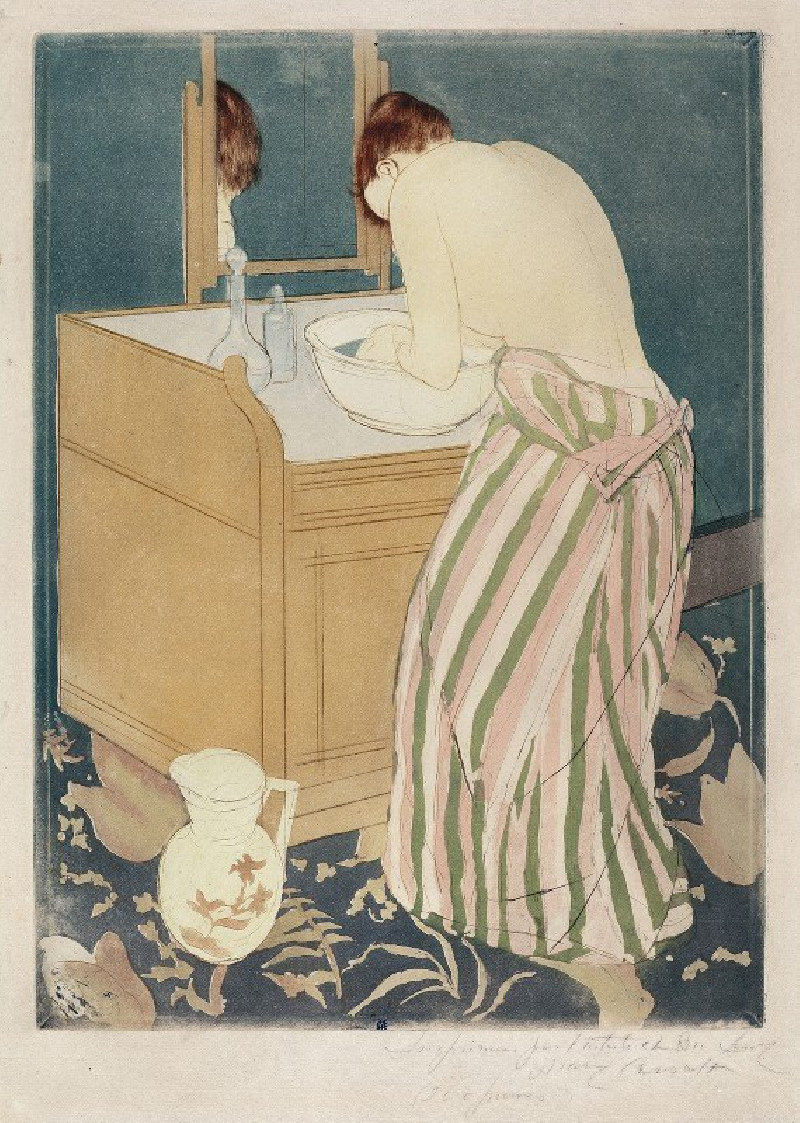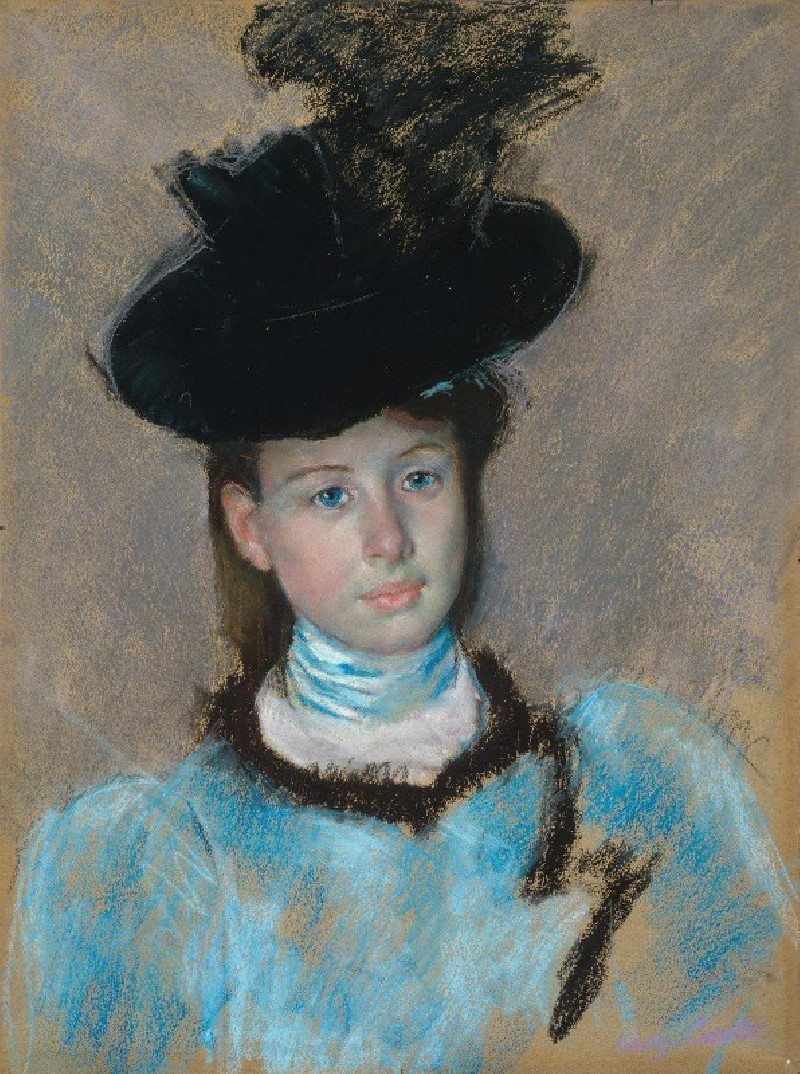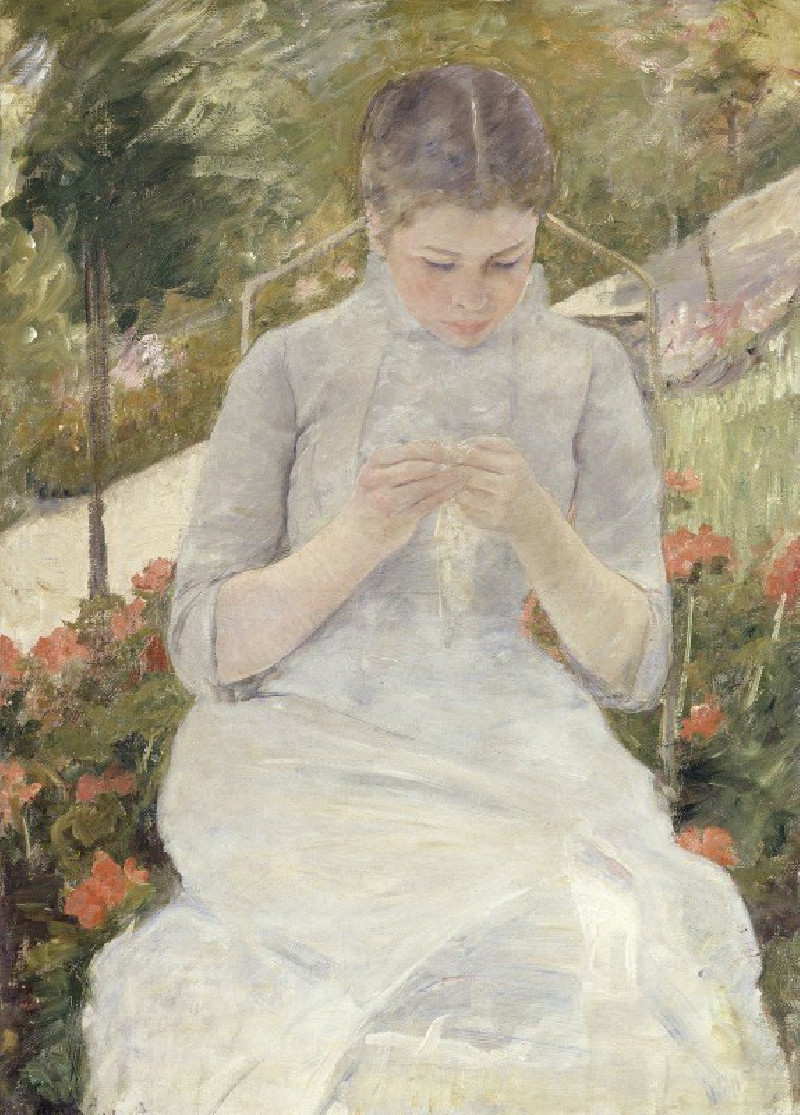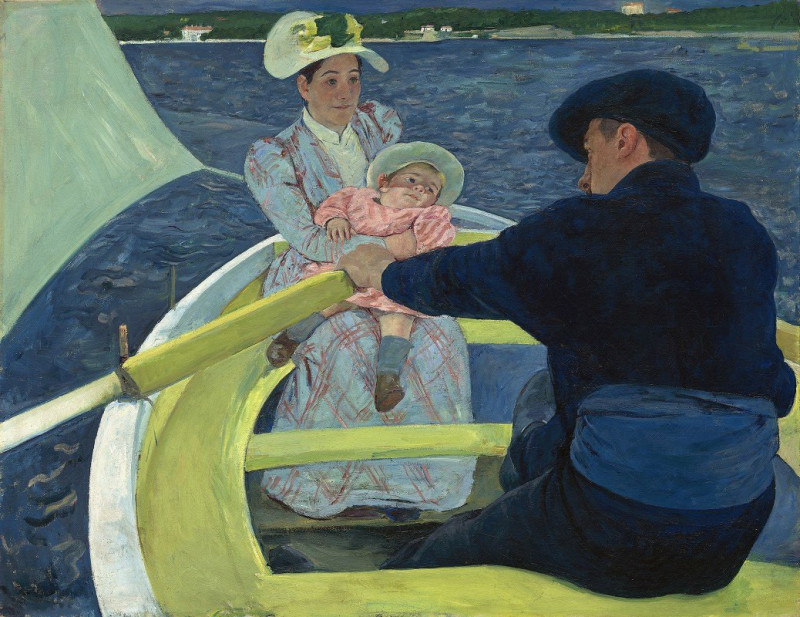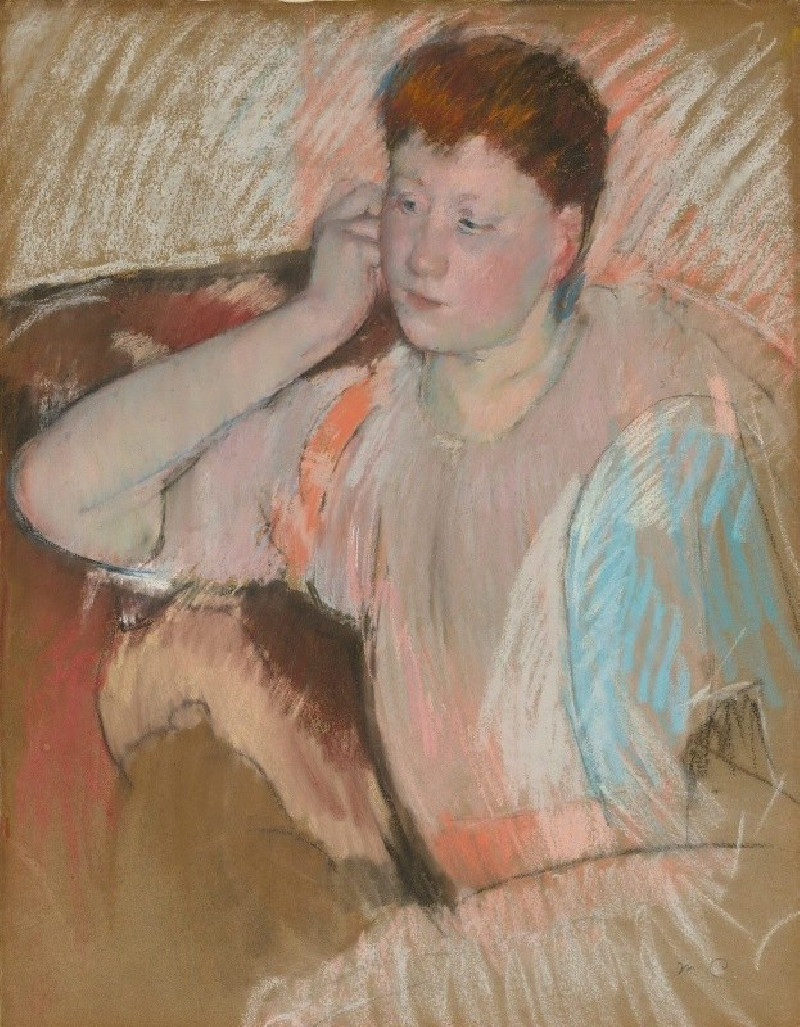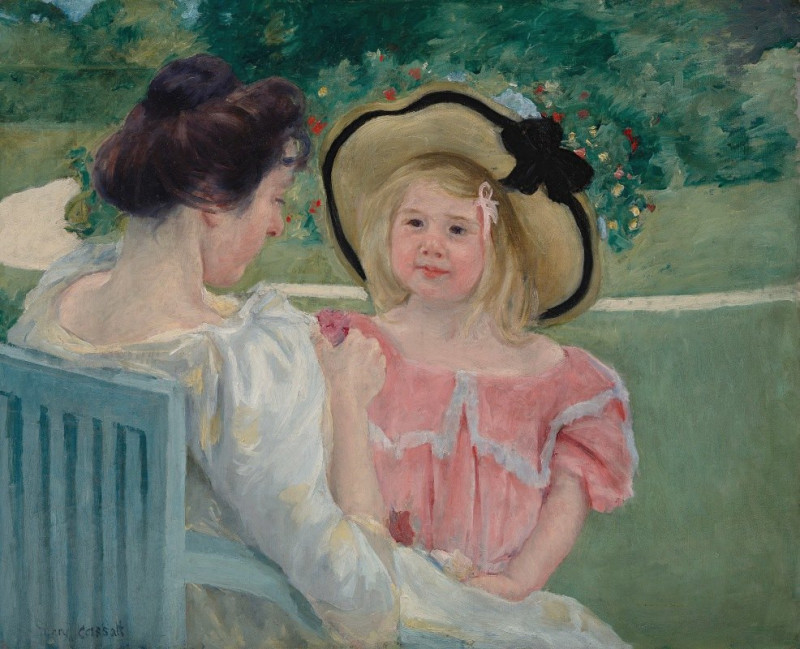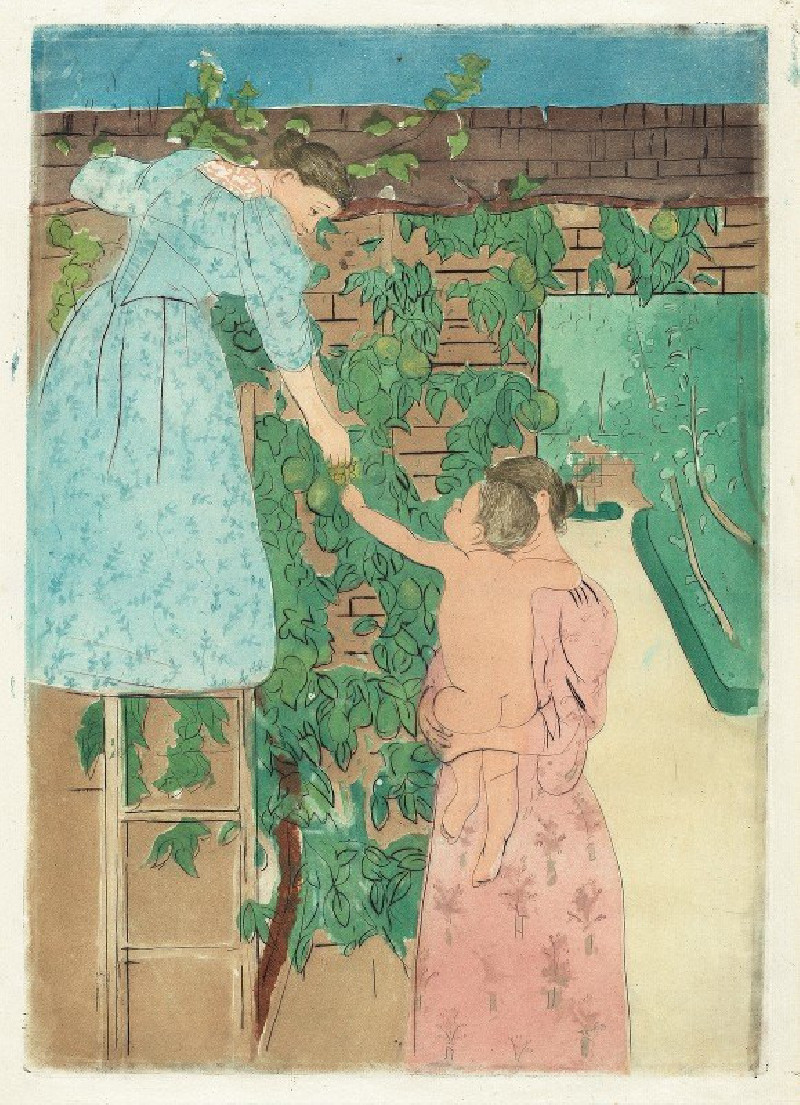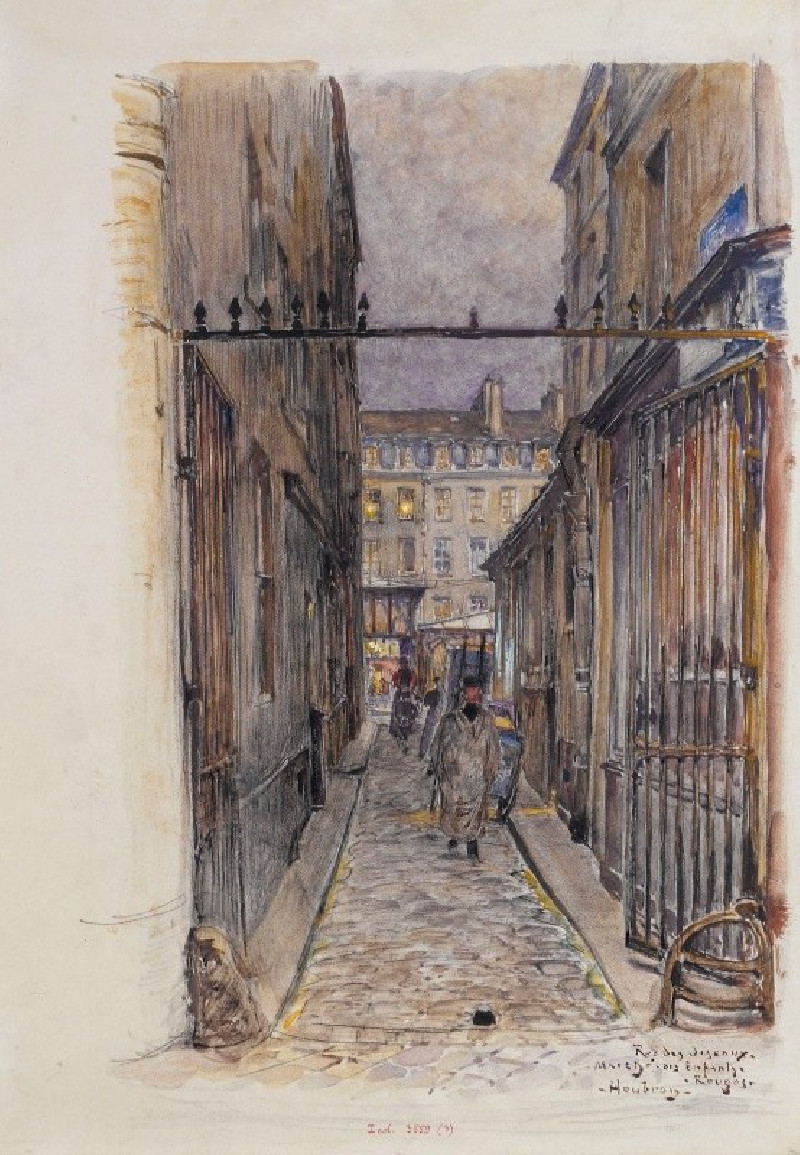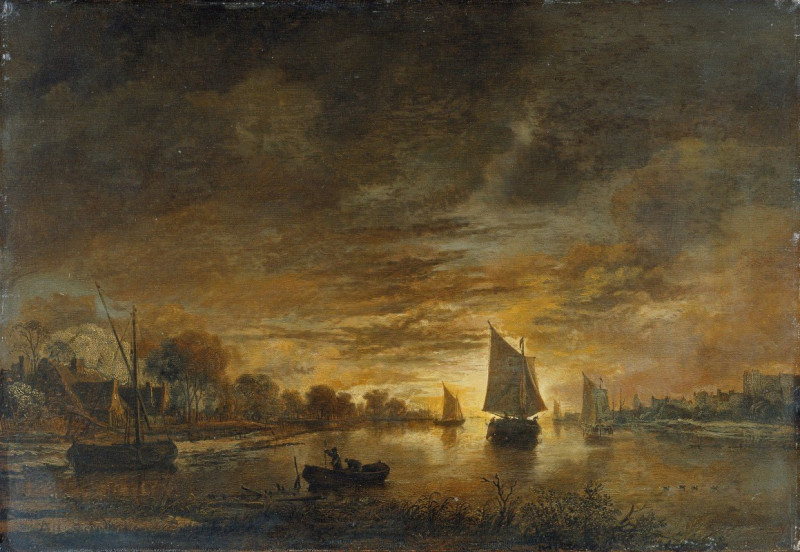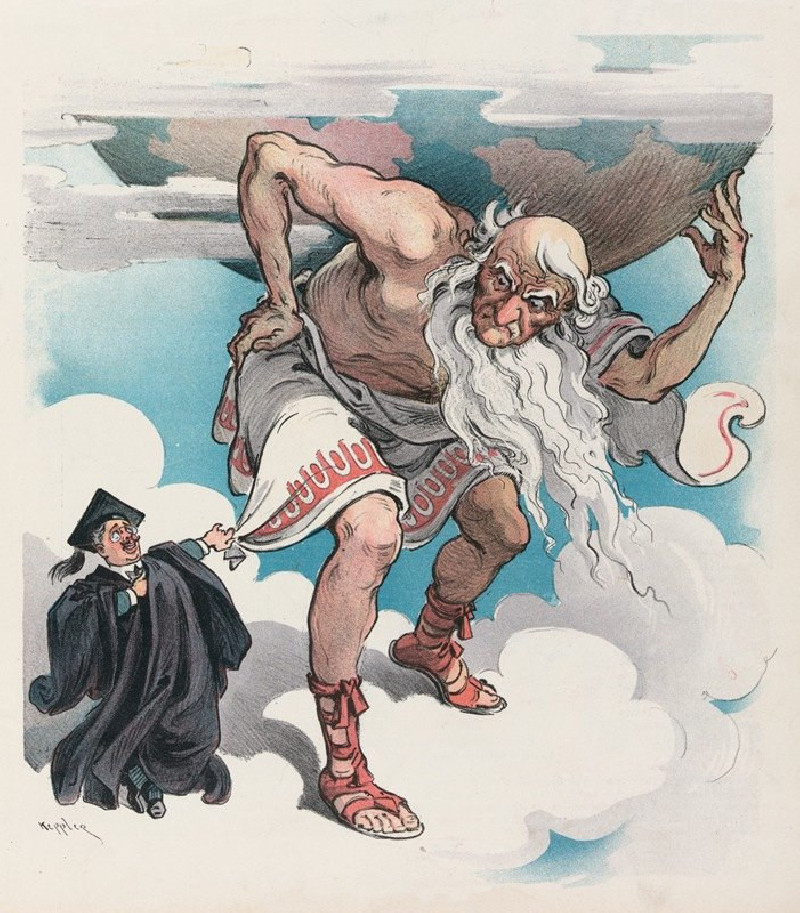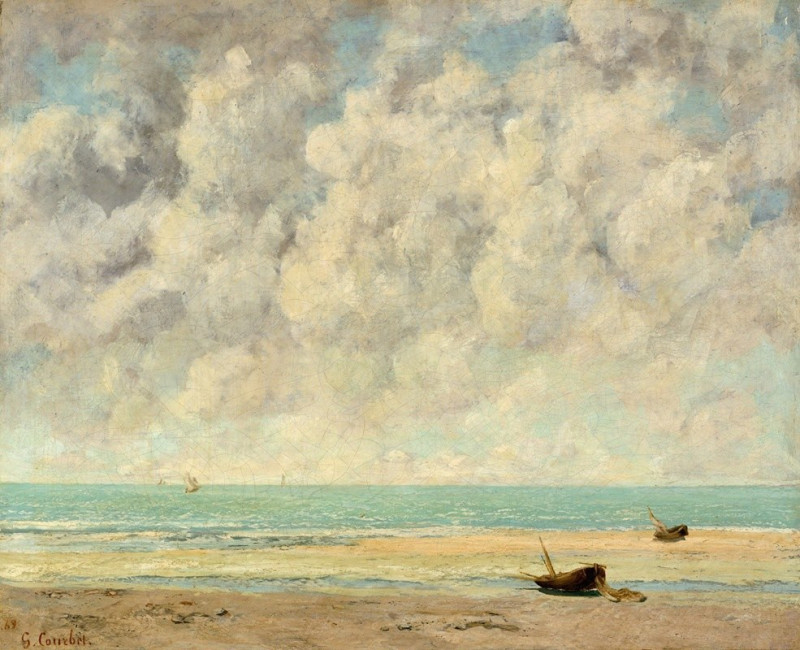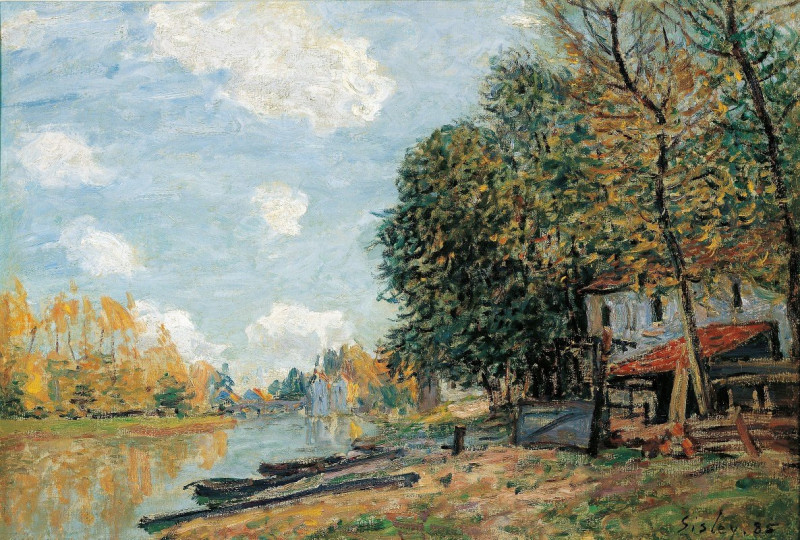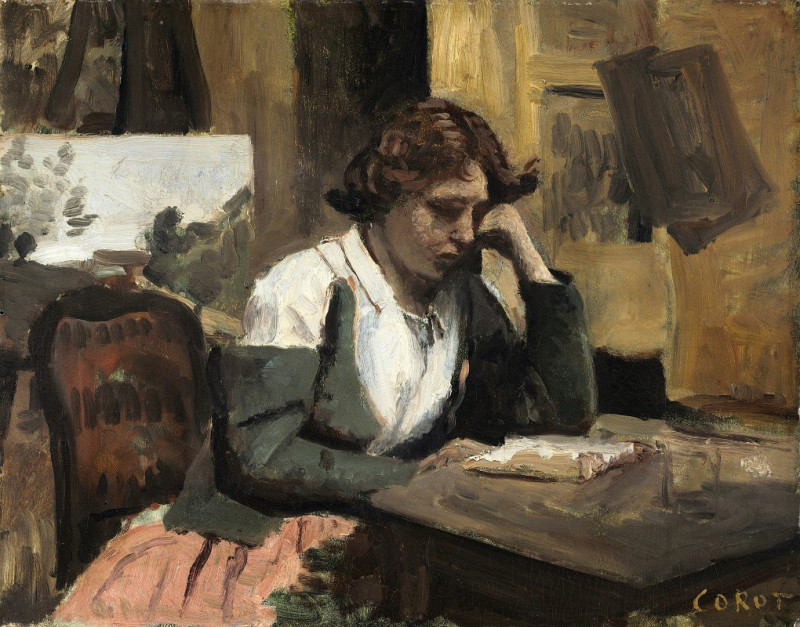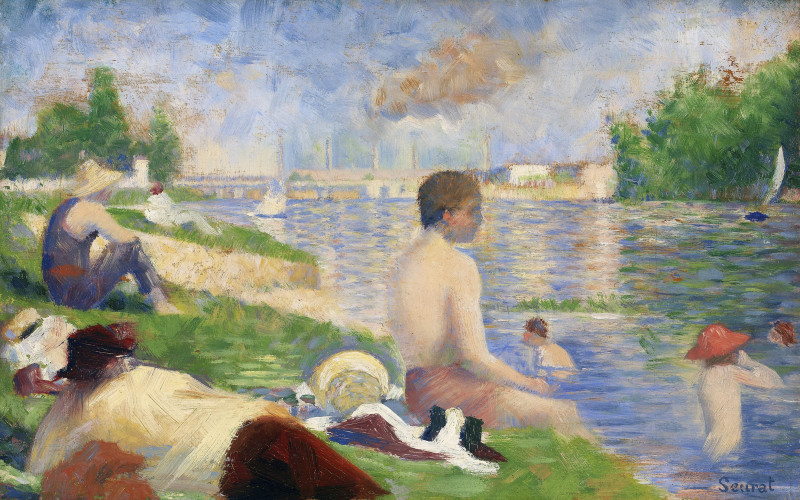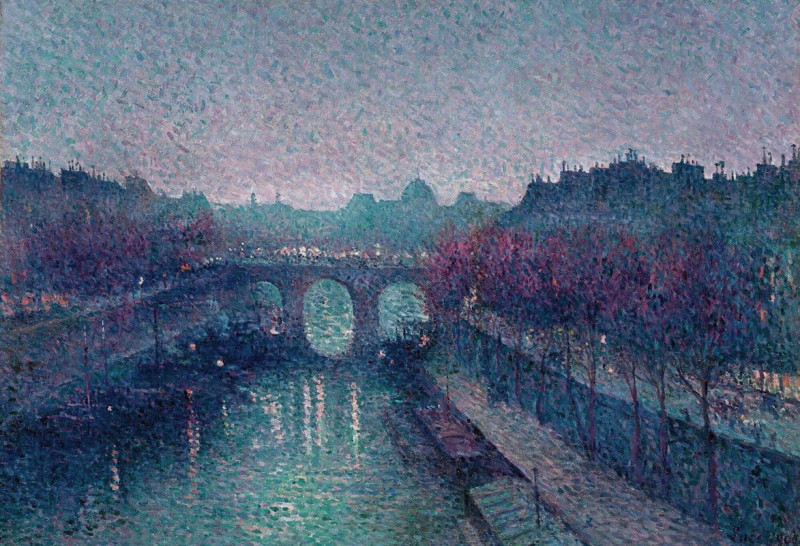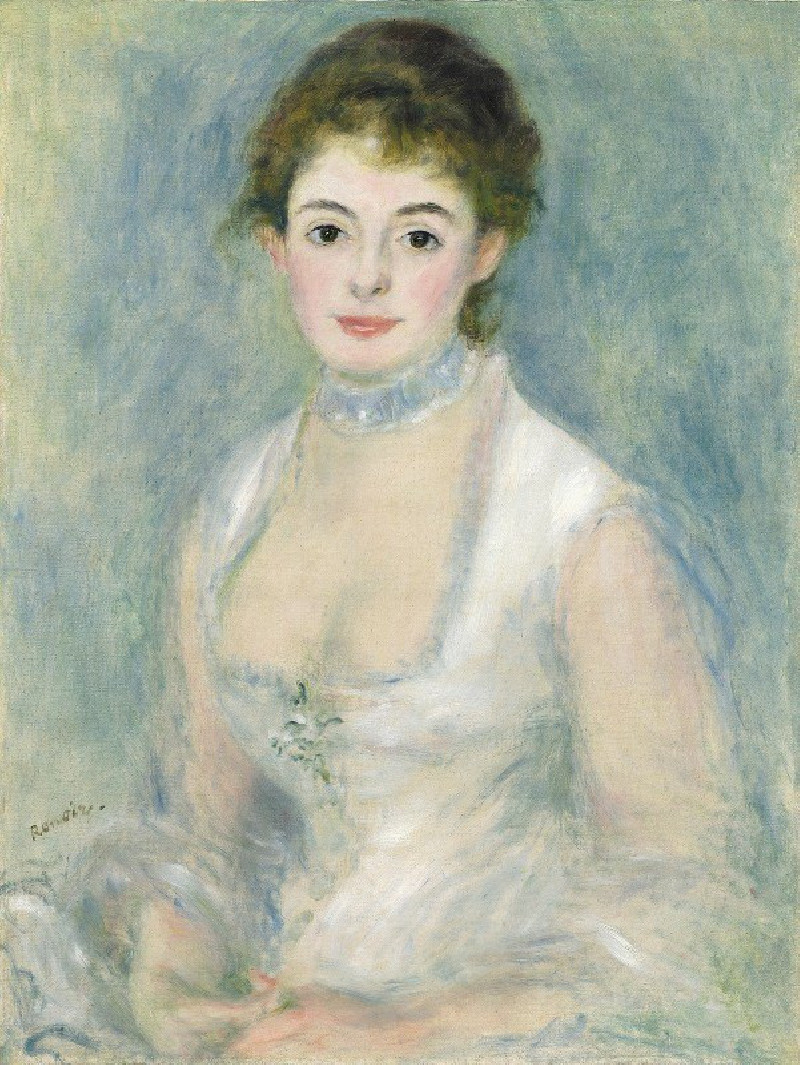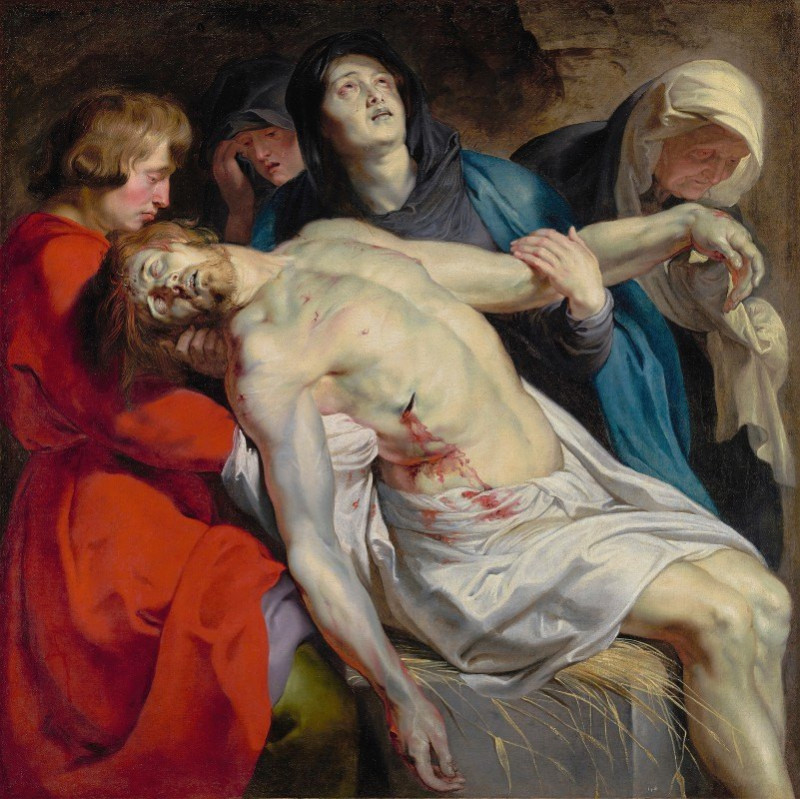Little Girl in a Large Red Hat (ca. 1881)
Technique: Giclée quality print
Recommended by our customers
More about this artwork
"Little Girl in a Large Red Hat," crafted around 1881 by the distinguished American Impressionist artist, Mary Cassatt, showcases her profound skill in capturing the innocence and contemplative nature of youth. In this endearing portrayal, a young girl is depicted wearing an opulent, oversized red hat adorned with ruffled details that embody a vibrant textural contrast against the muted background.Cassatt's brushwork brings this painting to life with its swift, confident strokes, emphasizing the fluffy texture of the hat and the delicate features of the girl's face. The complexion of the girl is rendered with a softness that highlights her youthful innocence. Her eyes gaze out, almost melancholic but serene, engaging viewers with their depth and hinting at an internal world of thoughts and emotions.The background, painted with rough, broad strokes of predominantly cool hues, forms a stark yet harmonious backdrop that focuses attention on the figure. This juxtaposition not only accentuates the striking red of her hat but also creates an articulate balance that is pleasing to the eye.This work exemplifies Cassatt’s expertise in highlighting the grace and serenity of her subjects, making "Little Girl in a Large Red Hat" a profound statement on the beauty and complexity of childhood. Cassatt’s influence on the Impressionist movement, known for scenes of daily life and intimate moments, is made ever more significant through paintings such as this, where the essence of the moment is forever captured in vibrant oil on canvas.
Delivery
Returns
Mary Stevenson Cassatt was an American painter and printmaker. She was born in Allegheny City, Pennsylvania (now part of Pittsburgh’s North Side), but lived much of her adult life in France where she befriended Edgar Degas and exhibited with the Impressionists. Cassatt often created images of the social and private lives of women, with particular emphasis on the intimate bonds between mothers and children.
She was described by Gustave Geffroy as one of "les trois grandes dames" (the three great ladies) of Impressionism alongside Marie Bracquemond and Berthe Morisot.In 1879, Diego Martelli compared her to Degas, as they both sought to depict movement, light, and design in the most modern sense.

